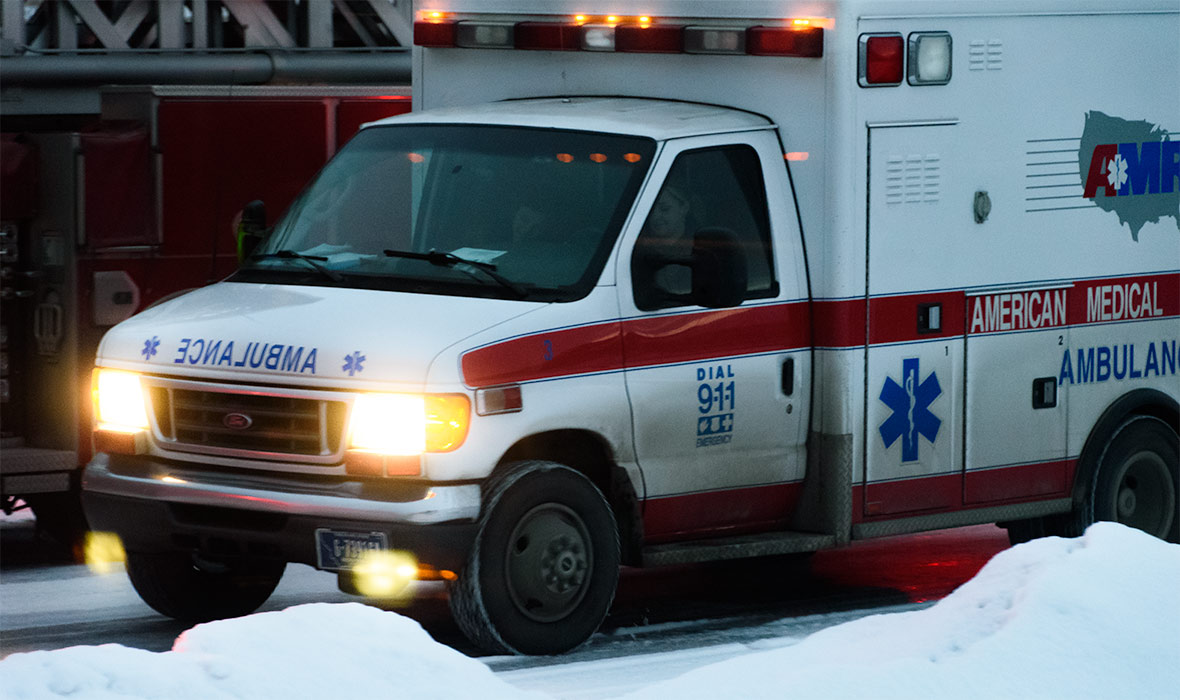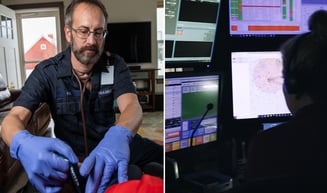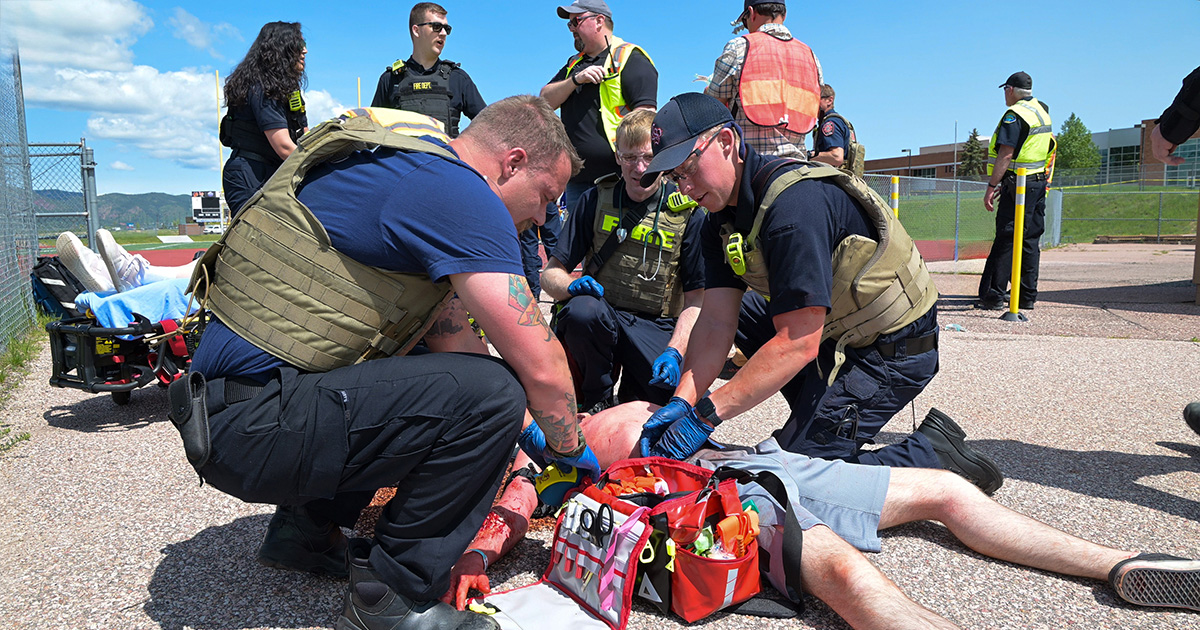In the News: Pulsara's Impact From Preparedness to Lifesaving Care
At Pulsara, it's our privilege to help serve the people who serve people, and we're always excited to see what they're up to. From large-scale...

EDITOR'S NOTE: Special thanks to Kinsie Clarkson (Pulsara's Product Marketing Specialist, 2020-2025) for writing today's blog post. You can connect with her on LinkedIn.
__
One of the most pressing questions to come out of the COVID-19 pandemic is the issue of patient privacy. The latest of many questions about patient privacy involves who has the right to know who has the virus, and when—specifically, EMS and first responders.
A few weeks ago, NPR reported on what’s becoming a national debate: whether or not first responders should be told when a call that is not about a potential case of COVID-19 occurs in a home that has one.
First responders would like to know when they’re about to enter a home with a positive case of COVID-19—and understandably so. The New York Times reported that first responders are one of the groups at highest risk for contracting COVID-19. Their lives are on the line, and having that information in advance could mean the difference between proper preparation and an accidental, unnecessary exposure.

However, this brings up questions surrounding patient privacy and how stringent restrictions should remain during a global emergency. Authorities in Cook County, Illinois feel that providing EMS with a list of addresses with confirmed cases of COVID-19 is not the best course of action. Aside from being a violation of patient privacy, such a list would be difficult to maintain and keep up-to-date, as new cases are reported and older cases are no longer active. However, EMS agencies would like dispatchers to have access to addresses and notify first responders when their next call is on that list.
Some argue that, while nice, such notifications could create a false sense of security. "You wouldn't want a policeman or fireman to think, 'Well, since that address isn't on the list, it's safe.' With COVID spreading, we have to assume it could be anywhere,” said Tom Frieden, former director of the CDC. And it is a valid point. Safety precautions should be followed to the fullest possible extent, especially considering the widespread nature of asymptomatic transmission. Seemingly safe places may not be safe at all.
 However, there is a divide between the ideal situation and reality, and right now the reality is that EMS and hospitals are both facing a shortage of Personal Protective Equipment (PPE). It isn’t that EMS isn’t interested in taking all the proper precautions—rather, it may be that when it comes down to a tough decision between which calls get PPE and which don’t, every bit of information is vital.
However, there is a divide between the ideal situation and reality, and right now the reality is that EMS and hospitals are both facing a shortage of Personal Protective Equipment (PPE). It isn’t that EMS isn’t interested in taking all the proper precautions—rather, it may be that when it comes down to a tough decision between which calls get PPE and which don’t, every bit of information is vital.
It’s a complex question with no easy answers. Even if first responders did receive notifications about houses with confirmed cases of COVID-19, there is no way to track or prepare for every possible exposure. Sometimes it’s about doing the best you can with the information you have.
Infringe on patient privacy, or provide EMS with as much information as possible? It’s a tough question with no easy answers. But in these situations, maybe the solution lies outside the proverbial box. We live in an age where technology is capable of secure transmission of personal data. So maybe the question is: why can’t we do both? Protecting patients’ privacy and providing first responders with the best information possible don’t have to be mutually exclusive.
Transmitting patient information through a secure telehealth platform could satisfy both sides, giving EMS the best possible information to protect themselves while also providing secure ways of preserving patients’ privacy. Using a secure messaging platform could allow dispatchers to send EMS a notification through HIPAA-compliant means, without violating patient privacy.
 Offering an initial consultation through a secure telehealth platform could also help EMS gather the relevant information they need to best protect themselves. Video-enabled solutions like Pulsara allow first responders to see the patient for themselves and gather information about them before they ever set foot in the home. In certain cases, live video capabilities can even enable EMS to park the ambulance outside the house and monitor the patient’s situation from there. That way they can offer emergency assistance if needed, or avoid both exposure and PPE usage when they’re able to advise from the safety of their vehicles.
Offering an initial consultation through a secure telehealth platform could also help EMS gather the relevant information they need to best protect themselves. Video-enabled solutions like Pulsara allow first responders to see the patient for themselves and gather information about them before they ever set foot in the home. In certain cases, live video capabilities can even enable EMS to park the ambulance outside the house and monitor the patient’s situation from there. That way they can offer emergency assistance if needed, or avoid both exposure and PPE usage when they’re able to advise from the safety of their vehicles.
In these uncertain times, it's important to protect both patient privacy and first responders. Exploring the capabilities of secure telehealth solutions might just hold the answers.

At Pulsara, it's our privilege to help serve the people who serve people, and we're always excited to see what they're up to. From large-scale...

December Recap After an incredibly busy events year with 102 conferences, trade shows, and sponsorships, December was on the slower side for us, with...

Editor's Note: In July 2025, EMS1 and Fitch & Associates released their annual EMS trend survey, What Paramedics Want, proudly sponsored by Pulsara....